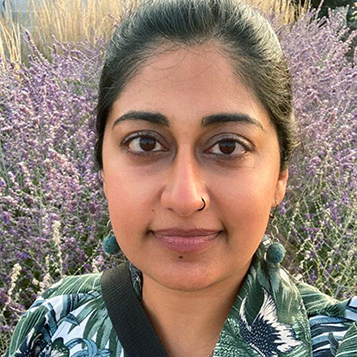Men outnumber women on non-profit boards, racialized members much lower: new StatsCan data
Why It Matters
Data on diversity in the non-profit sector will help organizations recognize and fill gaps in representation.

This independent journalism is made possible by the Future of Good editorial fellowship covering inclusion and anti-racism in the social impact world, supported by the World Education Services (WES) Mariam Assefa Fund. See our editorial ethics and standards here.
Women make up less than half of leadership positions in the non-profit sector, with other marginalized identities far behind, according to Statistics Canada’s latest data on diversity in non-profit leadership.
This report is the first time diversity data was collected by the national agency and was released Wednesday as part of the Canadian Survey on Business Conditions, with a special section dedicated to non-profit organizations.
According to the new data, 47.3 per cent of non-profit boards are comprised of women, and 9.8 per cent of non-profit boards were racialized individuals.
About three per cent were people with a disability, and Indigenous people made up 2.6 per cent of boards.
Non-binary people came in at just under one per cent.
Those numbers closely match the number of women and marginalized communities in senior leadership roles at non-profits, according to the data
More than half of senior leadership roles are filled by women (56.3 per cent), while 10per cent are racialized, two per cent are Indigenous, 2.7 per cent are people with a disability, and 0.5 per cent are non-binary.
Promises to keep
Statistics Canada categorized non-profit organizations by the sector they serve. It developed 11 categories: arts and culture, sports and recreation, education and research, health, social services, environment, development and housing, law, advocacy and politics, grantmaking, fundraising and voluntarism, religion, professional associations and unions.
Using these categories, the data shows differences in board and leadership diversity depending on the sector they serve, with more women (about 70 per cent) in social service and environmental non-profit organizations and more racialized people in the religious non-profit sector (15.7 per cent).
Organizations focused on business and professional associations, as well as religious organizations, had the lowest number of women, while racialized people ranked lowest in the environmental and housing sectors
The highest proportion of Indigenous people were in the social service sector (5.8 per cent), followed by environment (4.5 per cent) and health (3.9 per cent).
People with disabilities are most represented in health (6.5 per cent), followed by development and housing organizations (4.6 per cent).
Non-binary people were tied in arts and culture organizations and sports and recreation at 0.8 per cent.
After the murder of George Floyd in June 2020 and the racial justice movement that followed, corporations across North America promised to boost diversity in their workforces. Many organizations in Canada’s non-profit sector also made similar commitments to diversity.
Future of Good plans to dive deeper into this data in the coming weeks.

